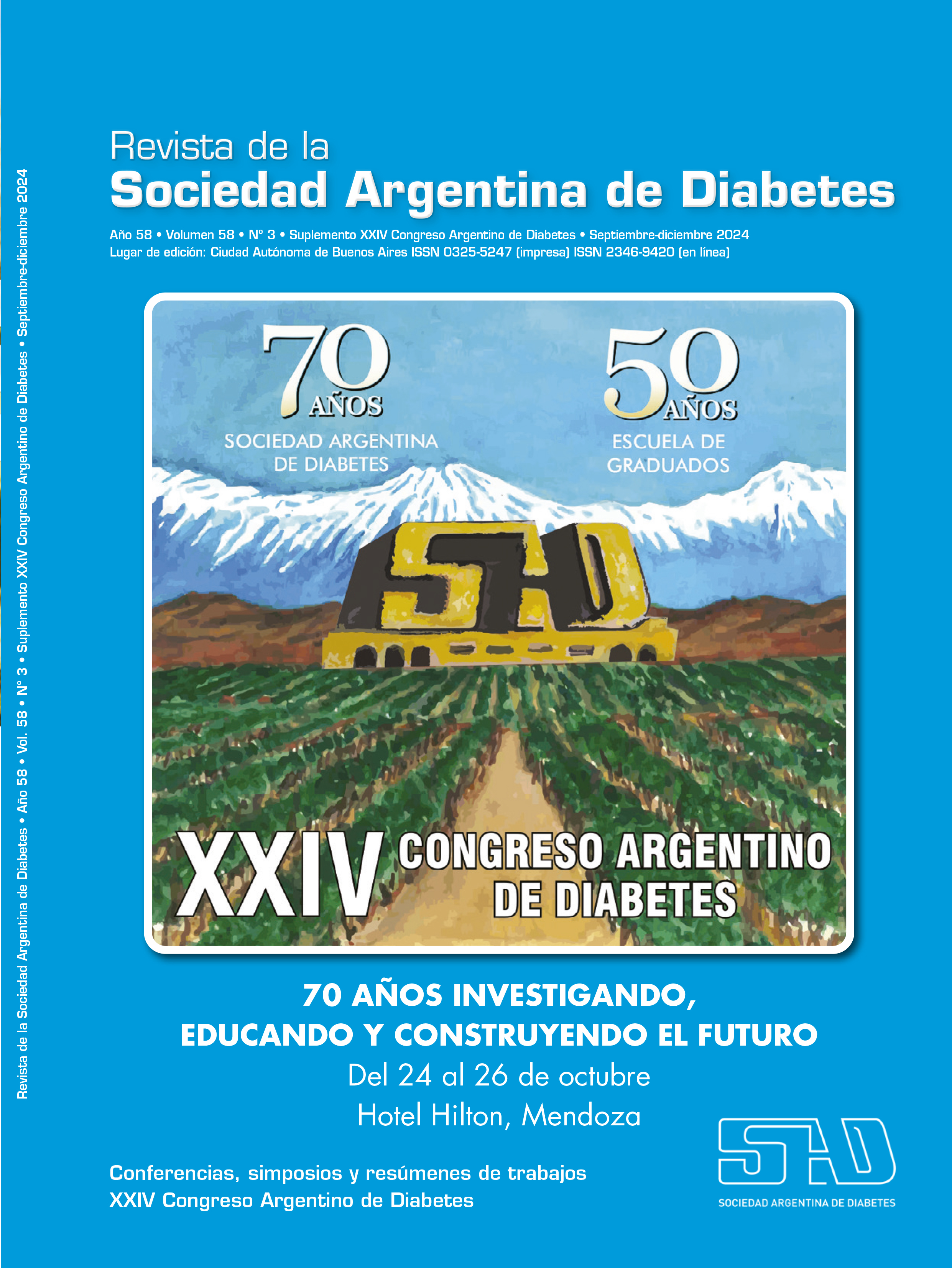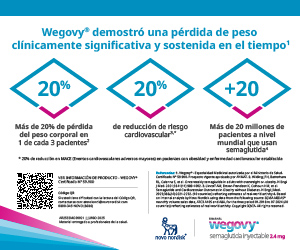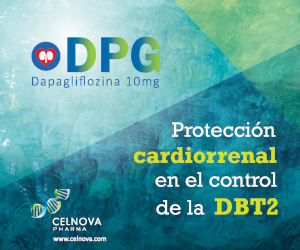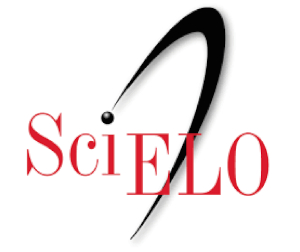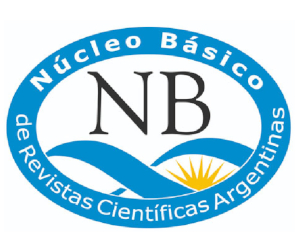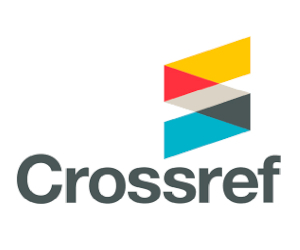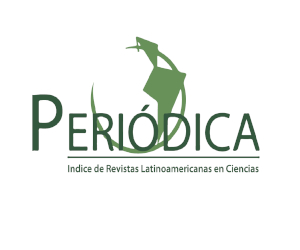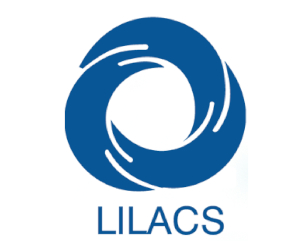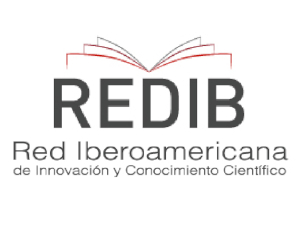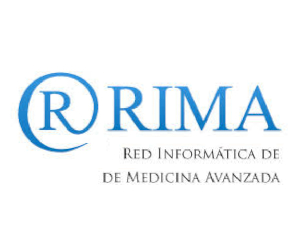Pathophysiological pathway from normoglycemia to type 1 diabetes mellitus
Keywords:
diabetes type 1, normoglycemiaAbstract
The pathophysiological pathway from normoglycemia to type 1 diabetes mellitus (T1DM) was extensively studied by Dr. Eisenbarth three decades ago. Starting from genetic susceptibility (high-risk HLA) and encountering an undefined environmental trigger, there are two preclinical stages (Stage 1: Positive Autoimmunity with Normoglycemia; Stage 2: Positive Autoimmunity with Presymptomatic Dysglycemia) before the development of Stage 3, which is the symptomatic presentation of the disease. These two preclinical stages (especially Stage 2) have have been of great attention in recent years due to the potential for intervention to delay or reverse the process leading to the clinical stage of the disease. Thus, understanding the immunogenetic and environmental mechanisms occurring at this stage is of crucial importance.
The progression through the different stages is variable and primarily conditioned by the rate of beta-cell mass loss. This is generally determined by the contribution of the main types of immune cells in generating insulitis and disease progression. The immune imbalance is greater in patients who develop type 1 diabetes at younger ages, where the pathology is more acute and severe. With age, the degree of autoimmunity and the rate of beta-cell loss decrease. CD4 T cells are activated by islet autoantigens that vary according to the disease endotype. IL-2 differentially stimulates CD8+ effector T cells to attack beta cells, as well as regulatory T cells (Tregs) (low doses of IL-2). Tregs protect against beta-cell destruction. Due to stress, beta cells overexpress HLA Class 1 (HLA 1) and secrete IFN-alpha, that provoke and attract CD8+ cells. This destructive process can be inhibited by the stress-reducing proteins GLP-1 and EGF. Given the differences in type 1 diabetes among patients, stratification of endotypes in clinical trials seems essential to determine precise therapeutic strategies and make accurate clinical decisions.
References
I. Eisenbarth GS. Type I diabetes mellitus. A chronic autoimmune disease. N Engl J Med. 1986 May 22;314(21):1360-8. doi: 10.1056/NEJM198605223142106.
II. Insel RA, Dunne JL, Atkinson MA, et al. Staging presymptomatic type 1 diabetes. A scientific statement of JDRF, the Endocrine Society, and the American Diabetes Association. Diabetes Care 2015;38(10):1964-1974. doi: 10.2337/dc15-1419.
III. den Hollander NHM, Roep BO. From disease and patient heterogeneity to precision medicine in type 1 diabetes. Front Med (Lausanne). 2022;9:932086. doi: 10.3389/fmed.2022.932086.
Downloads
Published
Issue
Section
License
Copyright (c) 2024 on behalf of the authors. Reproduction rights: Argentine Society of Diabetes

This work is licensed under a Creative Commons Attribution-NonCommercial-NoDerivatives 4.0 International License.
Dirección Nacional de Derecho de Autor, Exp. N° 5.333.129. Instituto Nacional de la Propiedad Industrial, Marca «Revista de la Sociedad Argentina de Diabetes - Asociación Civil» N° de concesión 2.605.405 y N° de disposición 1.404/13.
La Revista de la SAD está licenciada bajo Licencia Creative Commons Atribución – No Comercial – Sin Obra Derivada 4.0 Internacional.
Por otra parte, la Revista SAD permite que los autores mantengan los derechos de autor sin restricciones.



